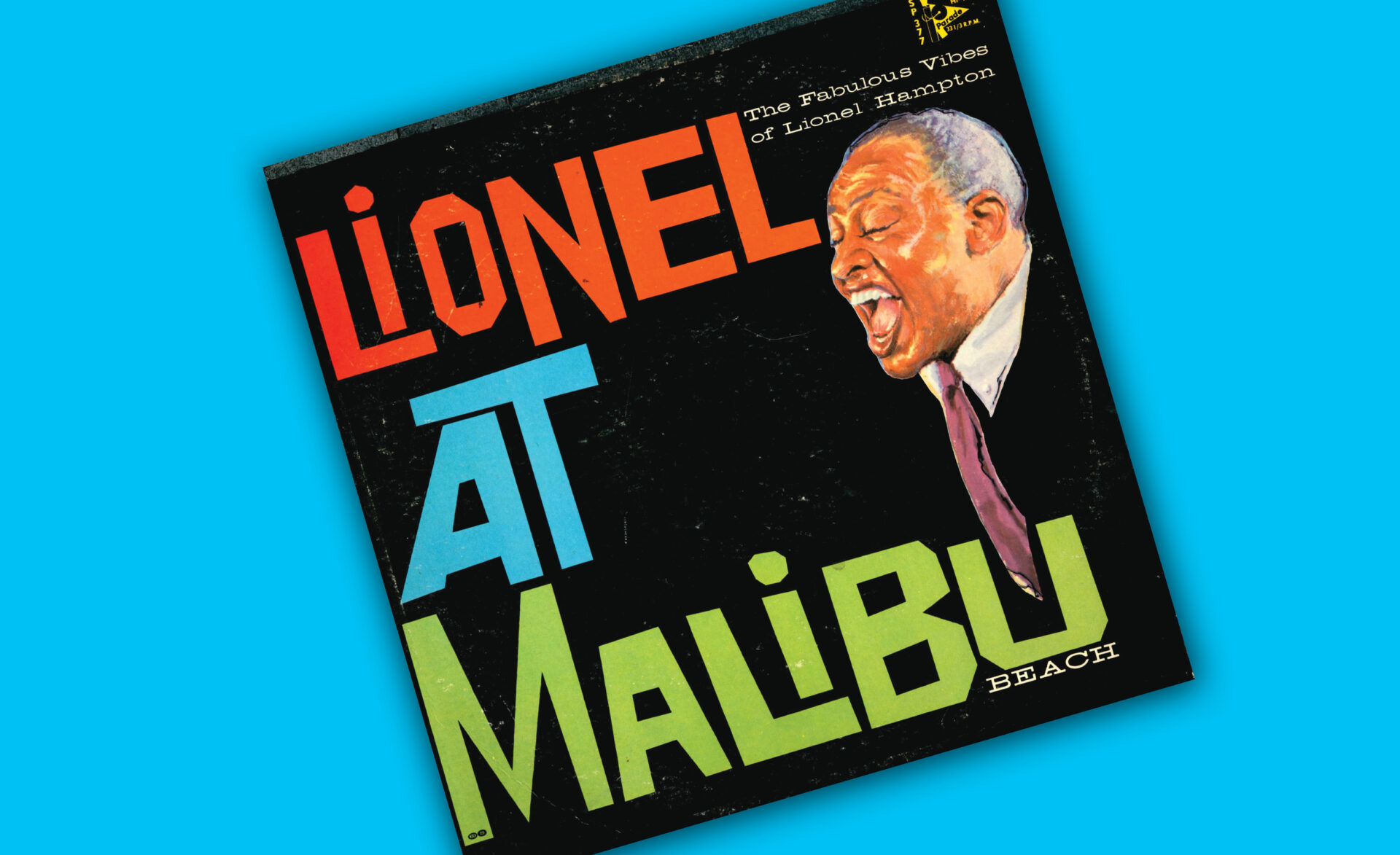
Jesup Gallery
March 16 through June 10
From the collection of Ellen and Mark Naftalin, this exhibit features album covers of some of the pioneering jazz musicians who changed the face and sound of American music forever.
Jazz developed in the United States in the very early part of the 20th century. New Orleans, near the mouth of the Mississippi River, played a key role in this development. The city's population was more diverse than anywhere else in the South, and people of African, French, Caribbean, Italian, German, Mexican, and American Indian, as well as English descent interacted with one another. African American musical traditions mixed with others and gradually jazz emerged from a blend of ragtime, marches, blues, and other kinds of music.
After the first recordings were made in 1917, the music spread widely and developed rapidly in a series of different styles including traditional jazz, Dixieland, swing, bebop, progressive and modern jazz. At the same time, jazz spread from the U.S. to many parts of the world, and today jazz musicians — and jazz festivals — can be found in dozens of nations. Jazz is one of the United States' greatest exports to the world.
Jazz musicians like to play their songs in their own distinct styles, and so you might listen to a dozen different jazz recordings of the same song, but each will sound different. The musicians' playing styles make each version different, and so do the improvised solos. Jazz is about making something familiar into something fresh, and about making something shared — a tune that everyone knows — into something personal. Those are just some of the reasons that jazz is a great art form, and why some people consider it “America's classical music.”
Description excerpted from “What Is Jazz” on the website of The Smithsonian National Museum of American History.
Thank you to Ellen and Mark Naftalin for digging though their treasure trove of LPs and sharing this piece of unforgettable American recording history.
Exhibit support provided by The Drew Friedman Community Arts Center.